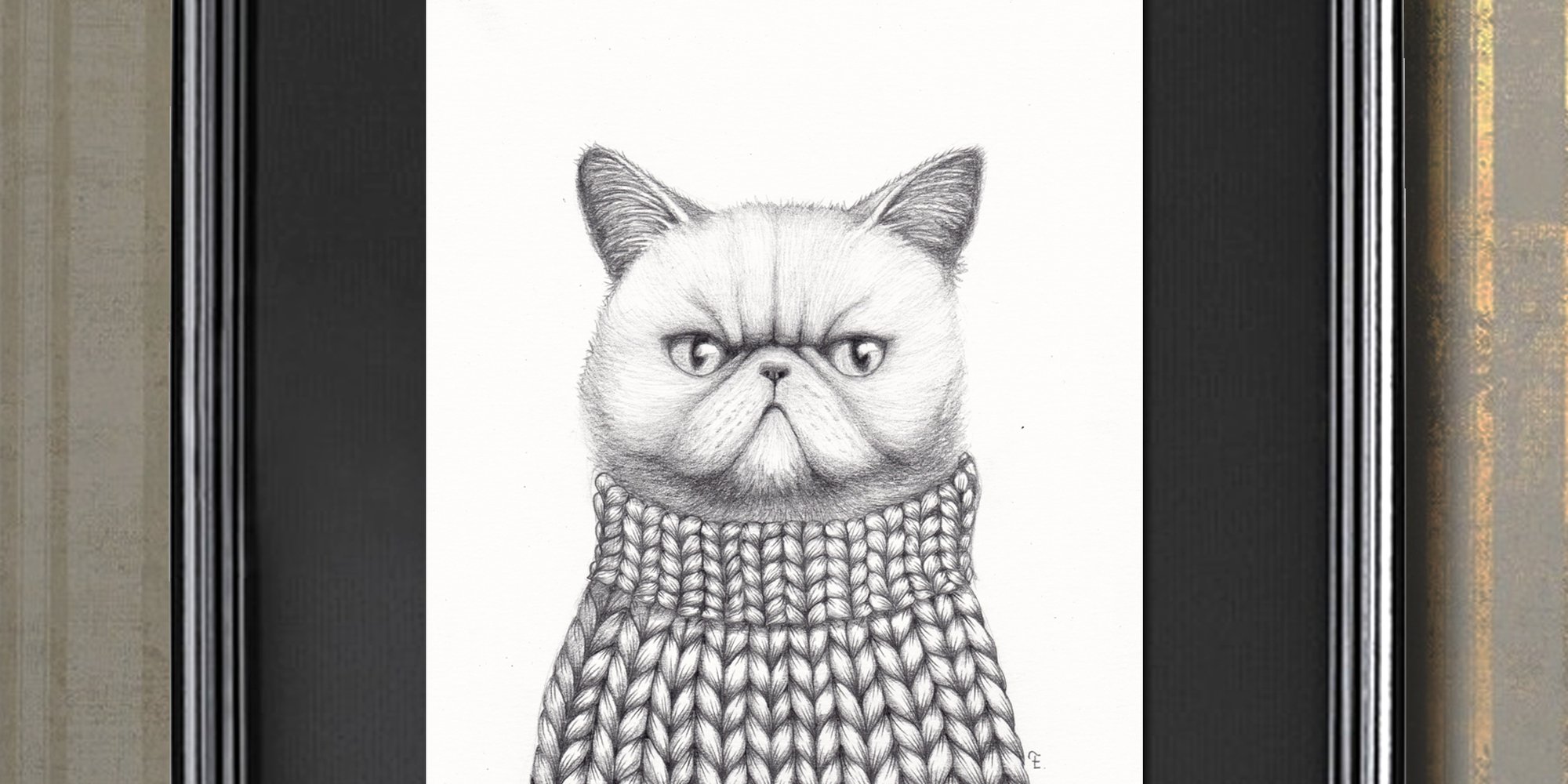This week at Artfinder HQ we've been crunching our numbers for 2015 - looking at the data we have on subject matter and style preferences by region, and we thought we'd share a few key (perhaps surprising) finds with you.
The UK and the US are our biggest markets, with the US quickly catching up to our homeland in terms of sales. As a Swede who moved to London after 22 years in New York and Silicon Valley, I like to think that I have a fairly balanced view of the differences, and perhaps more importantly, the similarities between the two.
Super bowl, self-deprecation and getting wasted (basically obligatory in the UK, not so cool in the US), aside, it turns out there are some fascinating differences around what subject and style of art is most popular.
Are you ready for this? Brits prefer animals to people!
That's right - in 2015 overall, a Brit was 26% more likely to buy from the Animals and Birds category than an American, and this trend increased towards Christmas when the Brits were a huge 46% more likely to buy animals than Americans.
By contrast, Americans were 33% more likely to buy from People and Portraits, increasing to 60% towards the Holidays. Clearly this is not only a personal preference, but also a preference we think (rightly or wrongly!) that our loved ones have too.
However, the most popular category for both, and also globally, was Landscapes, Sea and Sky, which attracted 26% of all buyers in the US, and 25% of all buyers in the UK. But abstracts were also popular, attracting 18% of the UK audience, and 19% of the US audience.
We know that it’s dangerous to generalise, but for the first time we have plenty of reliable data to support this line of research, and as Artfinder purchase choices are not influenced by international curators and gallerists but rather by personal taste among our members, they are more likely to reflect cultural differences.
Here's an overview of the 2015 subject data:

This is the kind of data we at Artfinder look at every day, to make sure that we cater to all our audience interests, and to identify trends and shortcomings we need to address. But more importantly, this is the kind of data that feeds our automated recommendation engine, so that we can present each visitor with the best possible selection of art for them.
Surprised? Cynical? Tell us what you think on Facebook or Twitter.
Want to hear more from me? Follow me on Twitter or Instagram.

